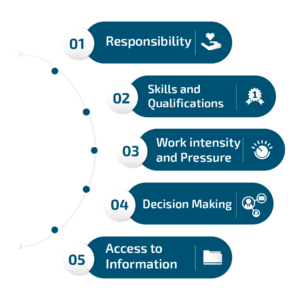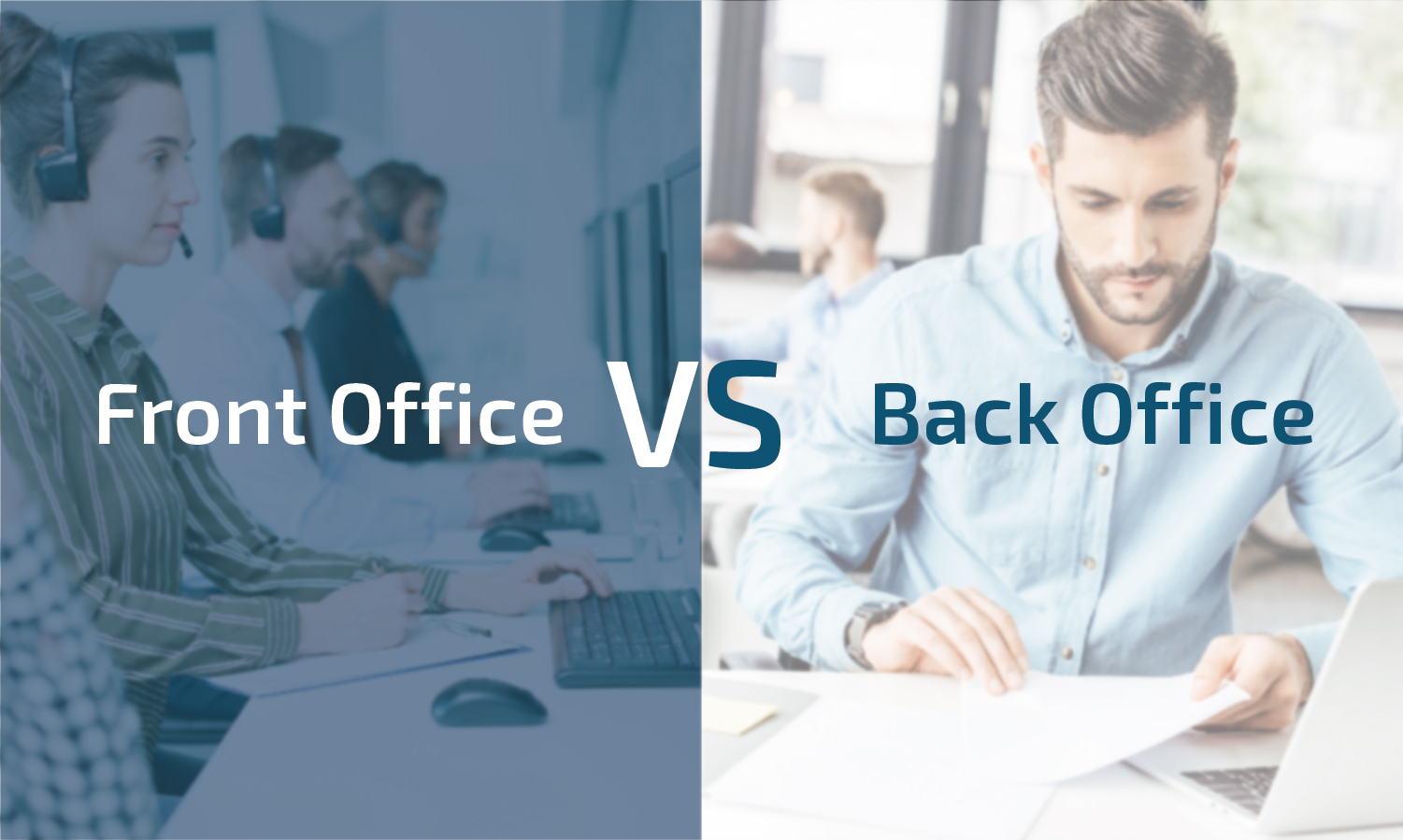Tech
The terms “front office” and “back office” refer to two different parts of a company’s operations, each with its distinct responsibilities and functions. Understanding the differences between the front and back office is essential for businesses of all sizes, as it helps ensure that each aspect of the operation is working efficiently and smoothly. In this blog article, we will explore the differences between the front office and the back office and the important role that each plays in the success of a company.
What is the Front Office?
Front office is the part of the company that interacts directly with customers, clients, and other external stakeholders. This includes departments such as sales, marketing, customer service, and support. The front office is often the first point of contact between a company and its customers, and it is responsible for creating a positive impression and building relationships. This includes customer inquiries, making sales, etc. Employees who work in this section tend to have strong customer service skills as well as written and verbal skills.
What is the Back Office?
The back office, on the other hand, is the part of the company that supports the front office and handles operational tasks that are necessary for the overall functioning of the company. This includes departments such as finance, human resources, IT, and operations. The back office is responsible for the day-to-day operations of the company, and it provides support to the front office to help ensure that customer-facing activities run smoothly. Unlike the front office, the back office has no direct involvement or interaction with customers, but we will elaborate on this later.
The main differences between Front Office and Back Office
Responsibility: Front office employees are often responsible for sales and customer service, while back office employees are responsible for support tasks such as data processing and record-keeping.
Skills and Qualifications: Front Office jobs often require strong interpersonal and communication skills, while back office jobs may require more technical or specialized skills.
Work intensity and Pressure: The need to meet targets, the constant interaction with customers and high pressure, tend to make front office jobs more stressful compared to back office positions, where the workload is more laid back and less stressful. This too however is a matter of perspective.
Decision Making: Front office decisions are often made in real-time, while back office decisions are made after careful analysis and research.
Access to Information: Front office employees have access to limited information, while back office employees have access to sensitive and confidential information.

The advantages of working in Back Office
Reduced Customer Interaction: Unlike front office positions, back-office jobs have less direct interaction with customers, reducing stress levels and increasing job satisfaction for those who prefer a less customer-facing role.
Office-based environment: Many jobs in this section are usually office-based allowing for a more structured, routine-based and comfortable work environment. Additionally, working in back office provides the opportunity to focus on specific tasks and processes. These roles may also offer the opportunity for growth and advancement within the company.
Opportunities for Professional Growth: Back Office jobs offer opportunities for professional growth and specialization, allowing employees to develop a deeper understanding of their area of expertise.
Consistent hours: Another advantage to working in Back Office is consistent hours and a regular work schedule, making it easier to plan outside work activities and maintain a healthy work-life balance.
Work-life balance: Back-office positions may offer more regular hours and a better work-life balance compared to front-office positions, which can often involve longer hours and more time spent dealing with clients and customers.
Collaborative team Environment: Back Office positions often involve working in teams, allowing for increased collaboration and a more supportive work environment.
Focus on tasks: Back-office positions often allow employees to focus on specific tasks and responsibilities, allowing for a greater sense of accomplishment and satisfaction with their work.
Conclusion
Both front office and back office are distinct and crucial parts of a business that play different roles and serve different functions within an organization. Depending on the set of skills you possess, experience and ambition, you can choose which profile suits you better and aligns with your career goals.



